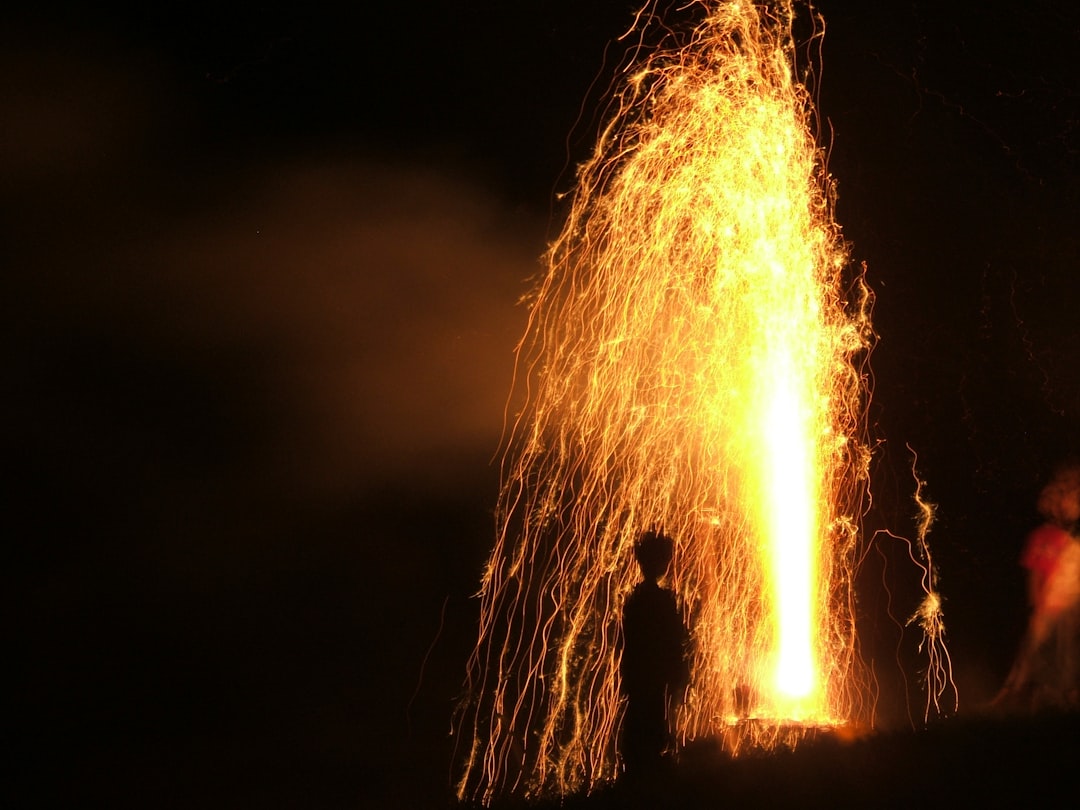OpenGL vs. Vulkan
What's the Difference?
OpenGL and Vulkan are both graphics APIs used for rendering 2D and 3D graphics in applications and games. However, Vulkan is a newer and more advanced API compared to OpenGL. Vulkan offers better performance and efficiency by allowing developers more control over the hardware, resulting in lower CPU overhead and improved multi-threading capabilities. On the other hand, OpenGL is easier to learn and use, making it a popular choice for beginners and smaller projects. Overall, Vulkan is the preferred choice for developers looking to create high-performance graphics applications, while OpenGL remains a reliable option for simpler projects.
Comparison

| Attribute | OpenGL | Vulkan |
|---|---|---|
| Release Year | 1992 | 2016 |
| Vendor | Khronos Group | Khronos Group |
| Programming Language | C | C, C++ |
| API Type | High-level | Low-level |
| Performance | Good | Excellent |
| Multi-threading Support | Not native | Native |

Further Detail
Introduction
OpenGL and Vulkan are both graphics APIs that are widely used in the gaming and graphics industry. While both APIs serve the same purpose of rendering graphics on a screen, they have distinct differences in terms of performance, flexibility, and ease of use. In this article, we will compare the attributes of OpenGL and Vulkan to help you understand which API may be better suited for your specific needs.
Performance
One of the key differences between OpenGL and Vulkan is their performance. Vulkan is known for its high performance capabilities, as it is designed to take full advantage of modern hardware. Vulkan allows developers to have more control over the GPU, which can lead to better performance in graphics-intensive applications. On the other hand, OpenGL is considered to be less efficient in terms of performance compared to Vulkan, as it does not provide the same level of control over the hardware.
Flexibility
When it comes to flexibility, Vulkan has the upper hand over OpenGL. Vulkan is a low-level API, which means that developers have more control over the rendering process. This allows developers to optimize their code for specific hardware configurations, leading to better performance. On the other hand, OpenGL is a high-level API, which means that it abstracts many of the hardware details, making it easier to use but less flexible in terms of optimization.
Compatibility
OpenGL has been around for a longer time than Vulkan, which means that it has better compatibility with older hardware and software. This can be an advantage for developers who need to support a wide range of devices. Vulkan, on the other hand, is a newer API and may not be supported on all devices. However, Vulkan is designed to be more future-proof, as it is optimized for modern hardware and can take advantage of new technologies as they become available.
Ease of Use
When it comes to ease of use, OpenGL is generally considered to be more beginner-friendly than Vulkan. OpenGL has a simpler and more intuitive API, which makes it easier for developers to get started with graphics programming. Vulkan, on the other hand, has a steeper learning curve due to its low-level nature and the need for developers to have a deeper understanding of the hardware. However, once developers become familiar with Vulkan, they may find it to be more powerful and efficient than OpenGL.
Community Support
OpenGL has a larger and more established community compared to Vulkan, which means that there are more resources and tutorials available for developers using OpenGL. This can be a significant advantage for developers who are new to graphics programming and need help getting started. Vulkan, on the other hand, has a smaller but growing community, which means that there may be fewer resources available. However, the Vulkan community is known for being very active and supportive, so developers can still find help and guidance when needed.
Conclusion
In conclusion, both OpenGL and Vulkan have their own strengths and weaknesses when it comes to performance, flexibility, compatibility, ease of use, and community support. Developers should consider their specific needs and requirements when choosing between the two APIs. If you are looking for high performance and flexibility, Vulkan may be the better choice. However, if you prioritize compatibility and ease of use, OpenGL may be the more suitable option. Ultimately, both APIs have their place in the graphics industry and can be used to create stunning visuals in games and applications.
Comparisons may contain inaccurate information about people, places, or facts. Please report any issues.